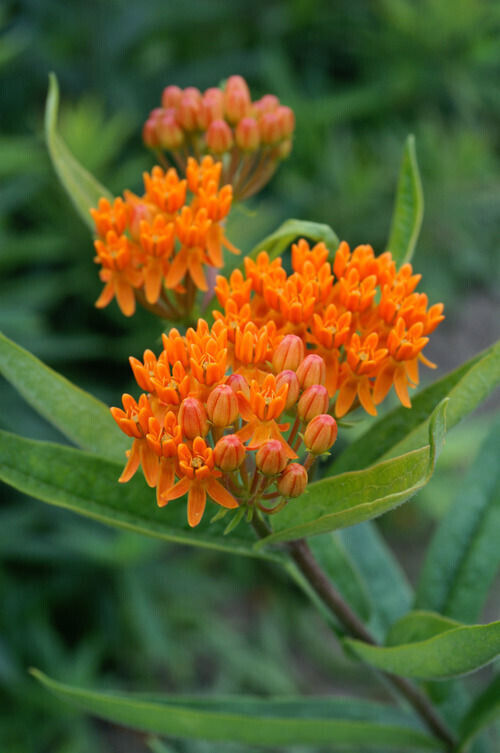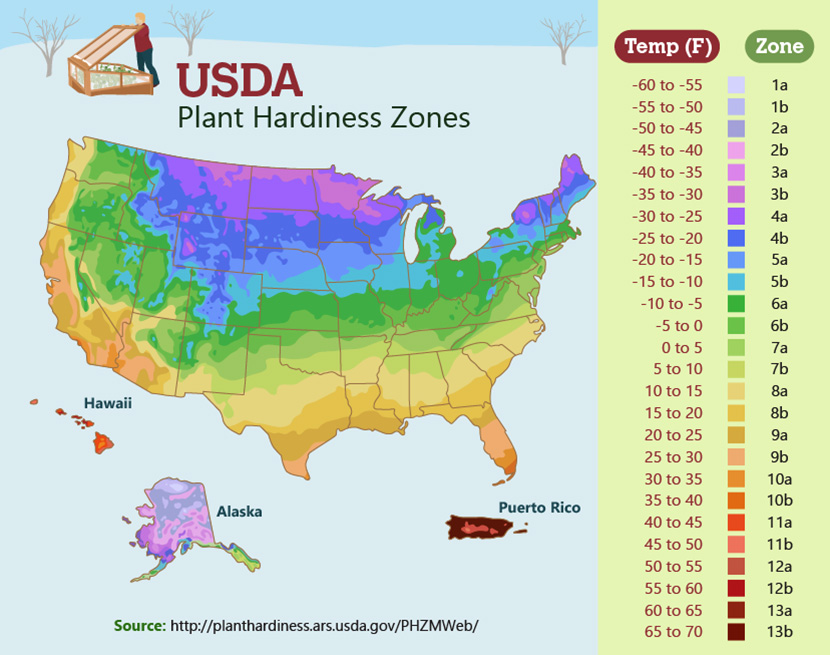

ASCLEPIAS BUTTERFLY MILKWEED PERENNIAL PLANT ORANGE FLOWERS ATTRACT BUTTERFLIES!
BUY IT NOW!!! PRICE BREAK ON QUANTITY!!!
1 ROOT * 3 ROOTS * 5 ROOTS OR 10 ROOTS
Healthy, carrot-like, bare root plants! We wet wrap our roots to ensure that they always arrive healthy and ready to plant in your garden or container!
BUY IT NOW, PRICE BREAK ON QUANTITY!!!1 TUBER * 3 TUBERS * 5 TUBERS * OR 10 TUBERS
- Botanical Name: Asclepias tuberosa
- Common Name: Butterfly weed, Milkweed
- Bloomtime: June to August
- Flower: Clusters of bright orange flowers
- Plant Height: 12 to 30 inches
- Foliage: Dark green
- Plant size: Thin, carrot-like tuber approx. 3 to 5 inches in length.
- Requirements: Full Sun. Average, dry to medium, well drained soil.
- Suggested use: Butterfly garden, Native
- Life-cycle: Perennial
- Multiply: Yes
- USDA Hardiness Zone: 3-9
Tolerate: Deer, Drought, Erosion, Dry Soil, Shallow-Rocky Soil
Culture
Easily grown in average, dry to medium, well-drained soils in full sun. Drought tolerant. Does well in poor, dry soils. New growth tends to emerge late in the spring. Plants are easily grown from seed, but are somewhat slow to establish and may take 2-3 years to produce flowers. Mature plants may freely self-seed in the landscape if seed pods are not removed prior to splitting open. Butterfly weed does not transplant well due to its deep taproot, and is probably best left undisturbed once established.
Noteworthy Characteristics
Asclepias tuberosa, commonly called butterfly weed, is a
tuberous rooted, Missouri native perennial which occurs in dry/rocky
open woods, glades, prairies, fields and roadsides throughout the State
(Steyermark). It typically grows in a clump to 1-3' tall and features
clusters (umbels) of bright orange to yellow-orange flowers atop upright
to reclining, hairy stems with narrow, lance-shaped leaves. Unlike many
of the other milkweeds, this species does not have milky-sapped stems.
Flowers give way to prominent, spindle-shaped seed pods (3-6" long)
which split open when ripe releasing numerous silky-tailed seeds for
dispersal by the wind. Seed pods are valued in dried flower
arrangements. Long bloom period from late spring throughout the summer.
Flowers are a nectar source for many butterflies and leaves are a food
source for monarch butterfly larvae (caterpillars). Also commonly called
pleurisy root in reference to a prior medicinal use of the plant roots
to treat lung inflammations.
Genus name honors the Greek god Asklepios the god of medicine.
Specific epithet means tuberous in reference to the roots.
Garden Uses
Butterfly gardens, meadows, prairies, or naturalized/native plant areas. Also effective in sunny borders. Whether massing plants in large drifts or sprinkling them throughout a prairie or meadow, butterfly weed is one of our showiest native wildflowers.
Knowing your Hardy Zone
Below is a USDA Hardiness zone map. Simply pick your state, pinpoint
the area in which you live then match your color with the color coded
chart to find your hardiness zone. I'll use myself (area) as an example;
I have a plant that is hardy in zones 3-9 and am located in North Idaho. On the map it shows that my color is dark green which is zone 6a
so following the planting and care instructions given for this plant, I
will have great success in growing this plant in my garden!


